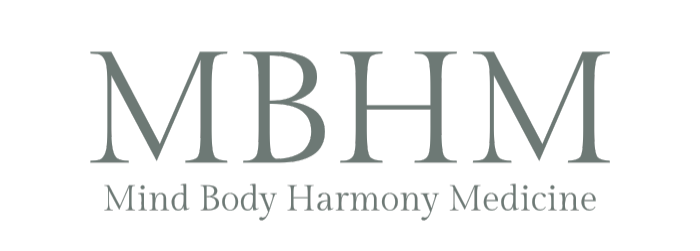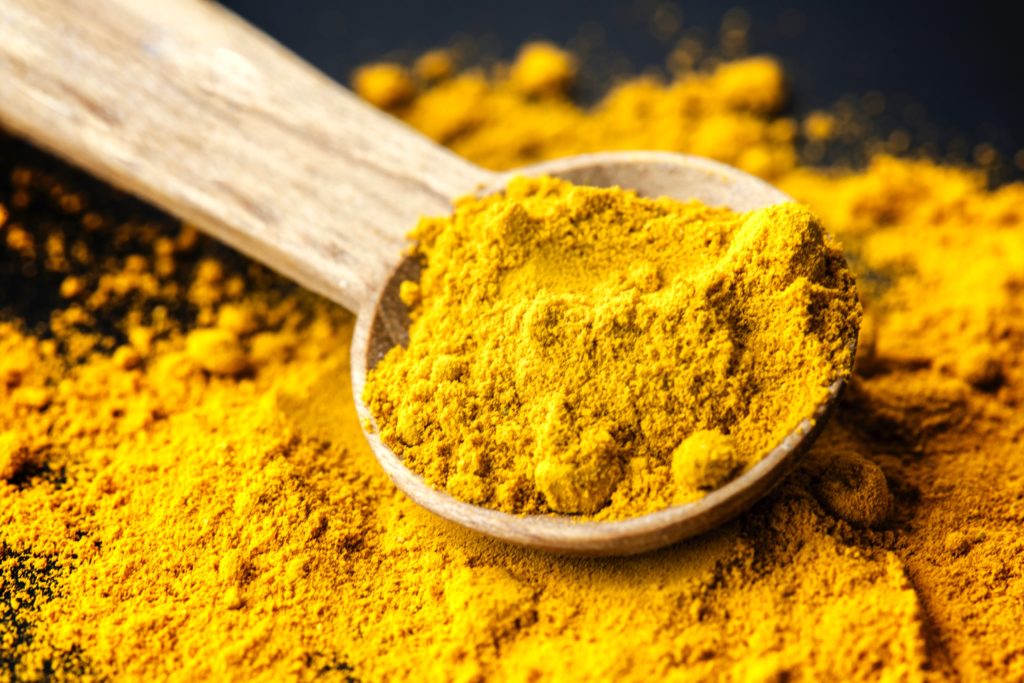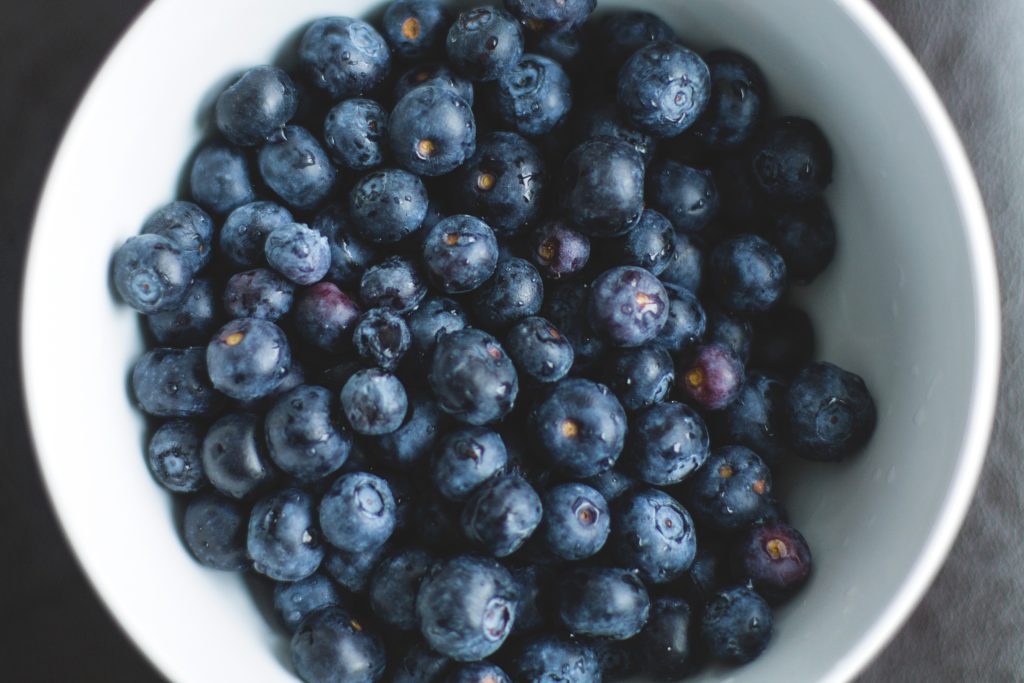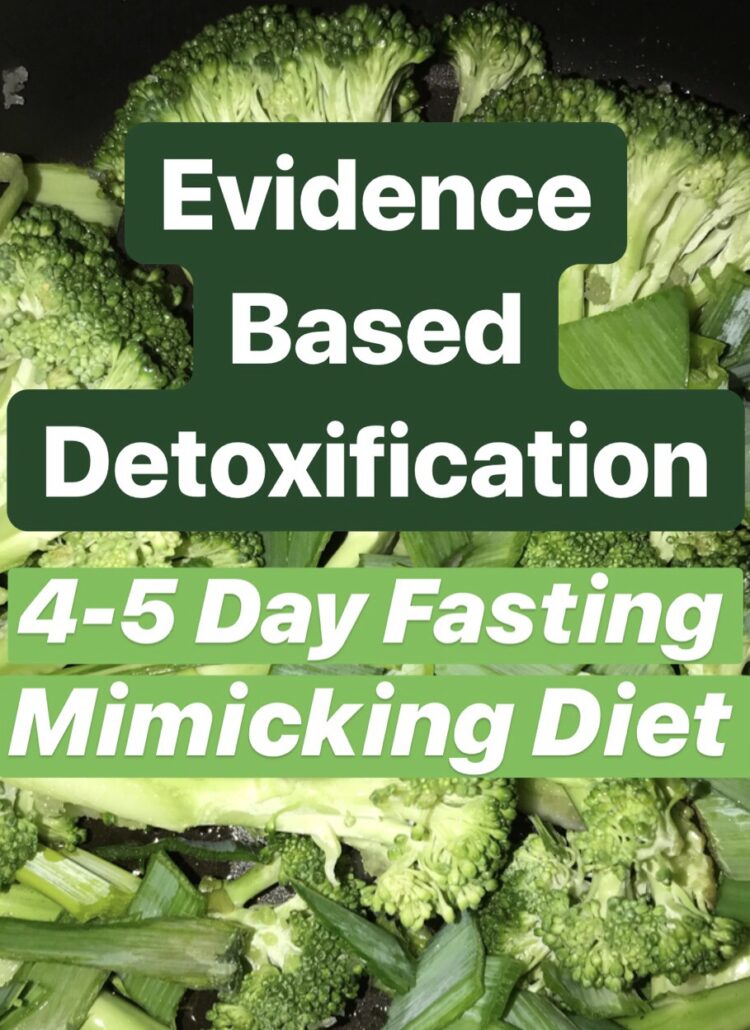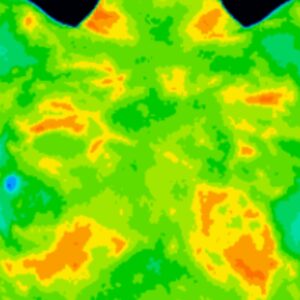Which foods increase your metabolism and burn fat?
Are you gaining weight despite eating healthy and working out? Your liver may be the culprit.
A sluggish liver can slow down your metabolism and prevent fat burning!
The liver is especially sensitive to alcohol consumption, chemical exposures, pesticides, all medications, heavy metals, and antibiotics.
For the liver to detoxify all the toxins that it comes in contact with, it needs to have adequate amounts of B vitamins like methyl folate (B9), methylcobalamin (B12), pyridoxial 5’ phosphate (B6), and amino acids.
Many people are often deficient in these co-factors, so they do not detox as efficiently.
6 Herbs Clinically Proven to Aid in Liver Detoxification
Artichoke extract:
Eating artichokes, sunchokes, or taking artichoke extract may protect the liver and help liver cells regenerate.4
Milk Thistle:
One of the most widely researched plants in the treatment of liver disease, milk thistle has been shown to bind to toxins and clean the liver.12
Watercress Extract:
Taken either in a powder form or eat the plant. Watercress may increase glutathione levels in liver tissue.13
Calcium D-Glucarate
Found in oranges, apples, grapefruit and cruciferous vegetables. Ca-D glucarate may lower the risk of hormonally related cancers and aid in liver detoxification.14
Curcumin
Curcumin is the compound in the yellow spice Turmeric.
This spice is highly anti-inflammatory, research shows that curcumin can dampen brain inflammation which may be of benefit to those suffering from depression.16
Curcumin can help a wide variety of liver conditions and normalize high liver enzymes.15
Alpha-Lipoic-Acid:
ALA typically is known for its blood sugar lowering effects with insulin resistance, but it may also help liver cells regenerate.17
Suzanne Sommers stated in her book ‘TOX-SICK’ – “It should be criminal not to prescribe alpha lipoic acid for diabetics because it is proven to decrease the side effects that diabetics get: early heart attacks, early alzheimers, early cataracts, early phlebitis, gangrene and amputations.”
6 Foods to Consume to Help Your Liver Detoxify More Efficiently
Celery:
Juice or eat 4 stalks of celery. Celery contains two antioxidants called “Luteolin” and “Apigenin.”
Studies have shown these properties to dampen inflammation in the brain & in the neurons. 1,2
These two antioxidants also inhibit the damage to our cells caused by the bombardment of free radicals that we get on a daily basis from processed foods, stress, sugary foods, and even over exercising.
Apigenin even possesses anti-tumor activity & help to revitalize liver cells.3
Green Tea:
Drink one to two 8oz cups of green tea daily. Green tea catechins have many benefits ranging from anti-aging, weight loss and immune-support.
More notably green tea can help facilitate liver detoxification and lower liver enzymes.4
Pomegranate:
Eat pomegranate once per week or drink 4oz of pomegranate juice daily. This beautiful fruit contains ellagic acid which studies have found to blunt oxidative stress7 and normalize liver enzymes.6
Blueberries:
Every day eat a handful of dark blue or purple berries. Blueberries contain resveratrol, a polyphenol that has anti-cancer and anti-inflammatory effects.8
Resveratrol can increase the liver’s detoxifying capability.9
Cilantro:
This leafy green vegetable may help to remove the heavy metal lead from the liver and body.10
Brazil nuts:
“The nut you should be snacking on” according to Dr. Oz!
Eating two brazil nuts every few days can provide your body with a rich source of selenium.11
Selenium is very important in the production of Glutathione, the most powerful antioxidant and liver cleaner. Selenium can also boost thyroid function.
Other Ways You Can Detoxify Your Body
Water:
Most people are dehydrated and don’t know it! Our bodies excrete toxins through sweat, urine and feces. Without enough water all of these means of excreting toxins don’t work as well.
A goal to shoot for is ½ your body weight in ounces of water each day. Example: If you weight 100 lbs you would want to drink 50oz of water per day.
Exercise:
The Department of Health and Human Services recommends 2.5 hours per week of aerobic exercise or 75 minutes of vigorous aerobic exercise per week.
Many toxic elements appear to be preferentially excreted through sweat.17
Sauna Bathing:
Sauna bathing for 4-7 days/week at least 19 minutes can raise the heart rate, which acts similar to a brisk cardio exercise.
Also, sauna bathing was also found to reduce the risk of heart disease and all-cause mortality, wow!19
Taking a high quality liver detox support formula along with the healthy habits discussed here are fantastic ways to show your liver some TLC!
Additional Support for Fat Metabolism
L-Carnitine is an amino acid that is extremely important in fat metabolism. Low levels of Carnitine can impair weight loss and even leave you feeling lack luster. Carnitine is found predominantly in clean, lean meats and whey protein.
Lowering consumption of refined carbohydrates and grains can allow your body to shift to burning more fat. To find great gluten free recipes click here!
More Helpful Articles on Metabolism
- Evidence Based Detoxification: Fasting Mimicking Diet & Supplements To Avoid During Detox!
- Eating Avocado With Meat, Blunts The Inflammatory Effects of The Meat Consumption
- Tonsil Stones Can Be A Manifestation Of Dairy Sensitivity
- Hemoglobin Boosting Foods & Herbs
- Oolong Tea Can Help Increase Fat Burning
- Are You Toxic? What Contributes To Faulty Liver Detoxification & What You Can Do About It
Sources:
- Diniz, T. C., Silva, J. C., Lima-Saraiva, S. R., Fernanda Pires Rodrigues De Almeida Ribeiro, Pacheco, A. G., Freitas, R. M., . . . Jackson Roberto Guedes Da Silva Almeida. (2015). The Role of Flavonoids on Oxidative Stress in Epilepsy. Oxidative Medicine and Cellular Longevity,2015, 1-9. Retrieved November 28, 2018, from https://www.ncbi.nlm.nih.gov/pmc/articles/PMC4306219/.
- Sharma, V., Mishra, M., Ghosh, S., Tewari, R., Basu, A., Seth, P., & Sen, E. (2007). Modulation of interleukin-1β mediated inflammatory response in human astrocytes by flavonoids: Implications in neuroprotection. Brain Research Bulletin,73(1-3), 55-63. Retrieved November 28, 2018, from https://www.ncbi.nlm.nih.gov/pubmed/17499637.
- Bhattacharya, S., Mondal, L., Mukherjee, B., Dutta, L., Ehsan, I., Debnath, M. C., . . . Majumdar, S. (2018). Apigenin loaded nanoparticle delayed development of hepatocellular carcinoma in rats. Nanomedicine: Nanotechnology, Biology and Medicine,14(6), 1905-1917.
- Salem, M. B., Affes, H., Ksouda, K., Dhouibi, R., Sahnoun, Z., Hammami, S., & Zeghal, K. M. (2015). Pharmacological Studies of Artichoke Leaf Extract and Their Health Benefits. Plant Foods for Human Nutrition,70(4), 441-453. doi:1007/s11130-015-0503-8
- Sakata, R., Nakamura, T., Torimura, T., Ueno, T., & Sata, M. (2013). Green tea with high-density catechins improves liver function and fat infiltration in non-alcoholic fatty liver disease (NAFLD) patients: A double-blind placebo-controlled study. International Journal of Molecular Medicine,32(5), 989-994. doi:3892/ijmm.2013.1503
- Bazmi, F., Mokhtari, M., & Khatamsaz, S. (2015). Effect of hydro- alcoholic extract of Heracleum persicum during pregnancy on liver enzymes (AST-ALT-ALP) and biochemical factors(Albumin and protein) of infant male rats. Pars of Jahrom University of Medical Sciences,13(1), 7-13. doi:29252/jmj.13.1.7
- Ammar, A., Turki, M., Hammouda, O., Chtourou, H., Trabelsi, K., Bouaziz, M., . . . Yaich, S. (2017). Effects of Pomegranate Juice Supplementation on Oxidative Stress Biomarkers Following Weightlifting Exercise. Nutrients,9(8), 819. doi:3390/nu9080819
- Zhang, F., Liu, J., & Shi, J. (2010). Anti-inflammatory activities of resveratrol in the brain: Role of resveratrol in microglial activation. European Journal of Pharmacology,636(1-3), 1-7. doi:1016/j.ejphar.2010.03.043
- Hodges, R. E., & Minich, D. M. (2015). Modulation of Metabolic Detoxification Pathways Using Foods and Food-Derived Components: A Scientific Review with Clinical Application. Journal of Nutrition and Metabolism,2015, 1-23. doi:1155/2015/760689
- Tellez-Lopez, M. A., Mora-Tovar, G., Ceniceros-Mendez, I. M., Garcia-Lujan, C., Puente-Valenzuela, C. O., Vega-Menchaca, M. D., . . . Moran-Martinez, J. (2017). Evaluation Of The Chelating Effect Of Methanolic Extract Of Coriandrum Sativum And Its Fractions On Wistar Rats Poisoned With Lead Acetate. African Journal of Traditional, Complementary and Alternative Medicines,14(2), 92-102. Retrieved from https://www.ncbi.nlm.nih.gov/pubmed/28573226.
- Cardoso, B. R., Duarte, G. B., Reis, B. Z., & Cozzolino, S. M. (2017). Brazil nuts: Nutritional composition, health benefits and safety aspects. Food Research International,100, 9-18. Retrieved from https://www.ncbi.nlm.nih.gov/pubmed/28888463.
- Abenavoli, L., Capasso, R., Milic, N., & Capasso, F. (2010). Milk thistle in liver diseases: Past, present, future. Phytotherapy Research,24(10), 1423-1432. Retrieved from https://www.ncbi.nlm.nih.gov/pubmed/20564545.
- Yazdanparast, R., Bahramikia, S., & Ardestani, A. (2008). Nasturtium officinale reduces oxidative stress and enhances antioxidant capacity in hypercholesterolaemic rats. Chemico-Biological Interactions,172(3), 176-184. Retrieved from https://www.ncbi.nlm.nih.gov/pubmed/18325487.
- Calcium-D-glucarate. (2002). Altern Med Rev,7(4), 336-339. Retrieved from https://www.ncbi.nlm.nih.gov/pubmed/12197785.
- Rahmani, S., Asgary, S., Askari, G., Keshvari, M., Hatamipour, M., Feizi, A., & Sahebkar, A. (2016). Treatment of Non-alcoholic Fatty Liver Disease with Curcumin: A Randomized Placebo-controlled Trial. Phytotherapy Research,30(9), 1540-1548. Retrieved from https://www.ncbi.nlm.nih.gov/pubmed/27270872.
- Lopresti, A. L., & Drummond, P. D. (2017). Efficacy of curcumin, and a saffron/curcumin combination for the treatment of major depression: A randomised, double-blind, placebo-controlled study. Journal of Affective Disorders,207, 188-196. Retrieved from https://www.ncbi.nlm.nih.gov/pubmed/27723543.
- Dünschede, F. (2006). Reduction of ischemia reperfusion injury after liver resection and hepatic inflow occlusion by α-lipoic acid in humans. World Journal of Gastroenterology,12(42), 6812. Retrieved from https://www.ncbi.nlm.nih.gov/pubmed/17106930.
- Genuis, S. J., Birkholz, D., Rodushkin, I., & Beesoon, S. (2010). Blood, Urine, and Sweat (BUS) Study: Monitoring and Elimination of Bioaccumulated Toxic Elements. Archives of Environmental Contamination and Toxicology,61(2), 344-357. Retrieved from https://www.ncbi.nlm.nih.gov/pubmed/21057782.
- Genuis, S. J., Birkholz, D., Rodushkin, I., & Beesoon, S. (2010). Blood, Urine, and Sweat (BUS) Study: Monitoring and Elimination of Bioaccumulated Toxic Elements. Archives of Environmental Contamination and Toxicology,61(2), 344-357. Retrieved from https://www.ncbi.nlm.nih.gov/pubmed/21057782.
